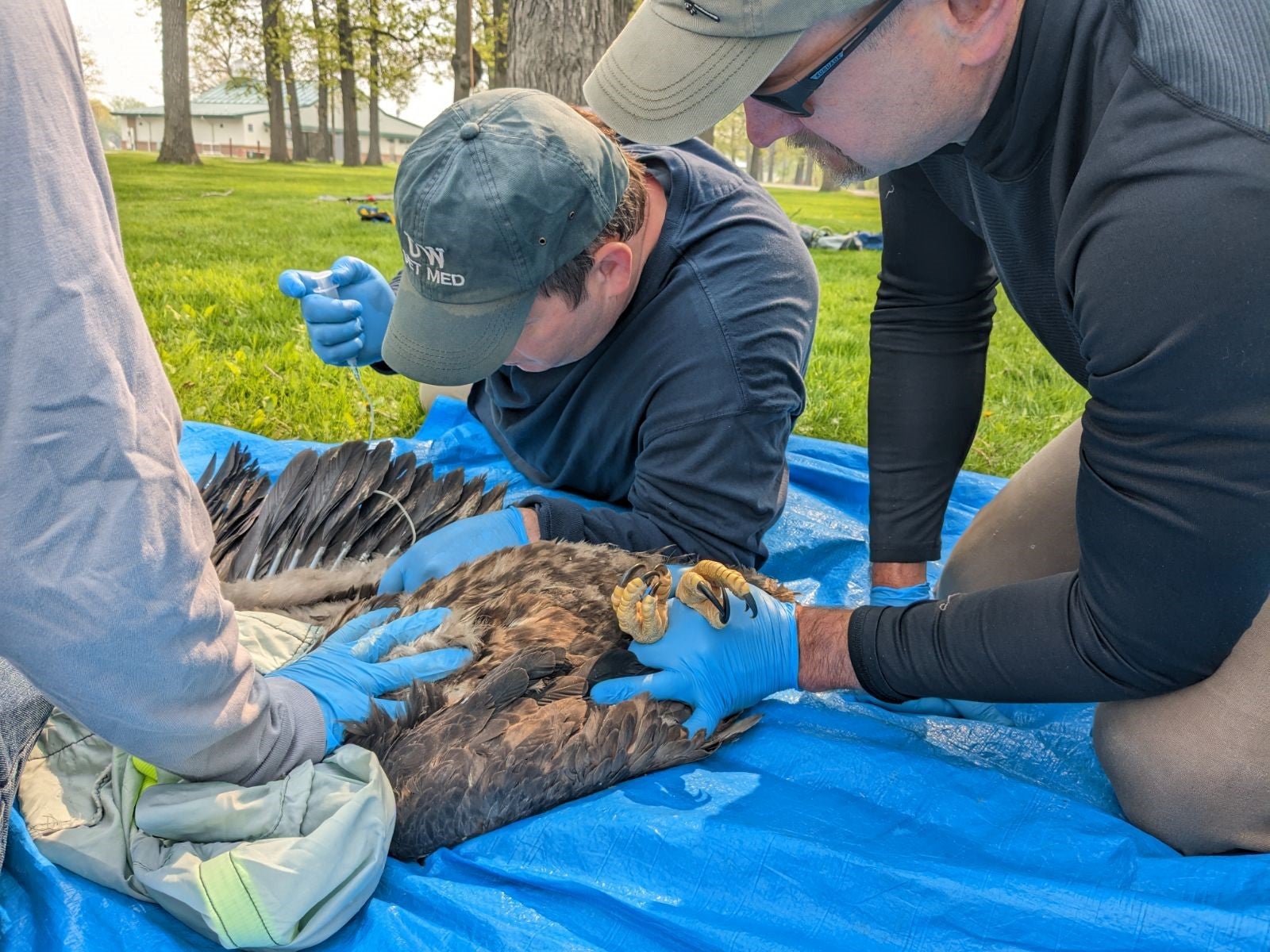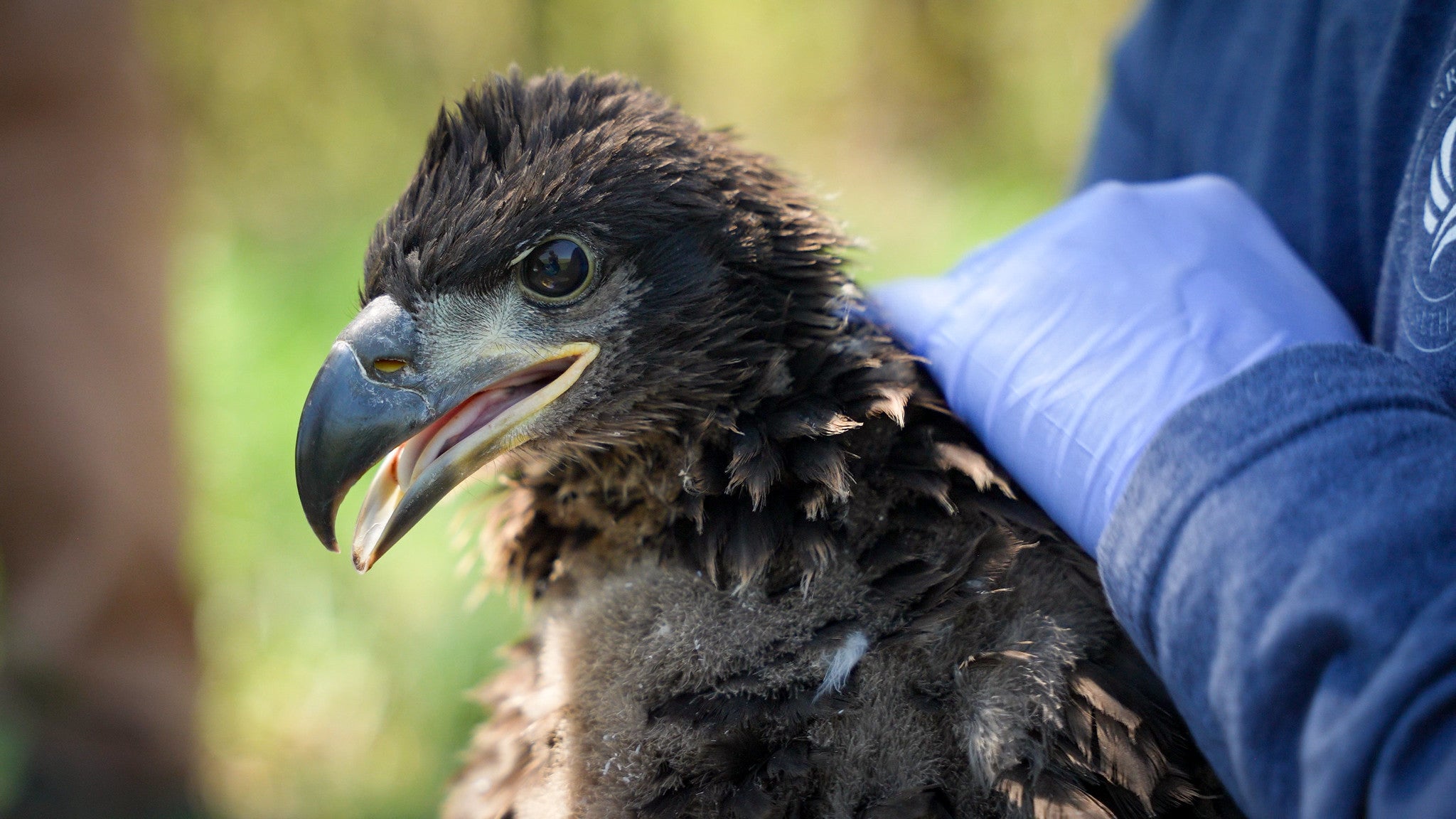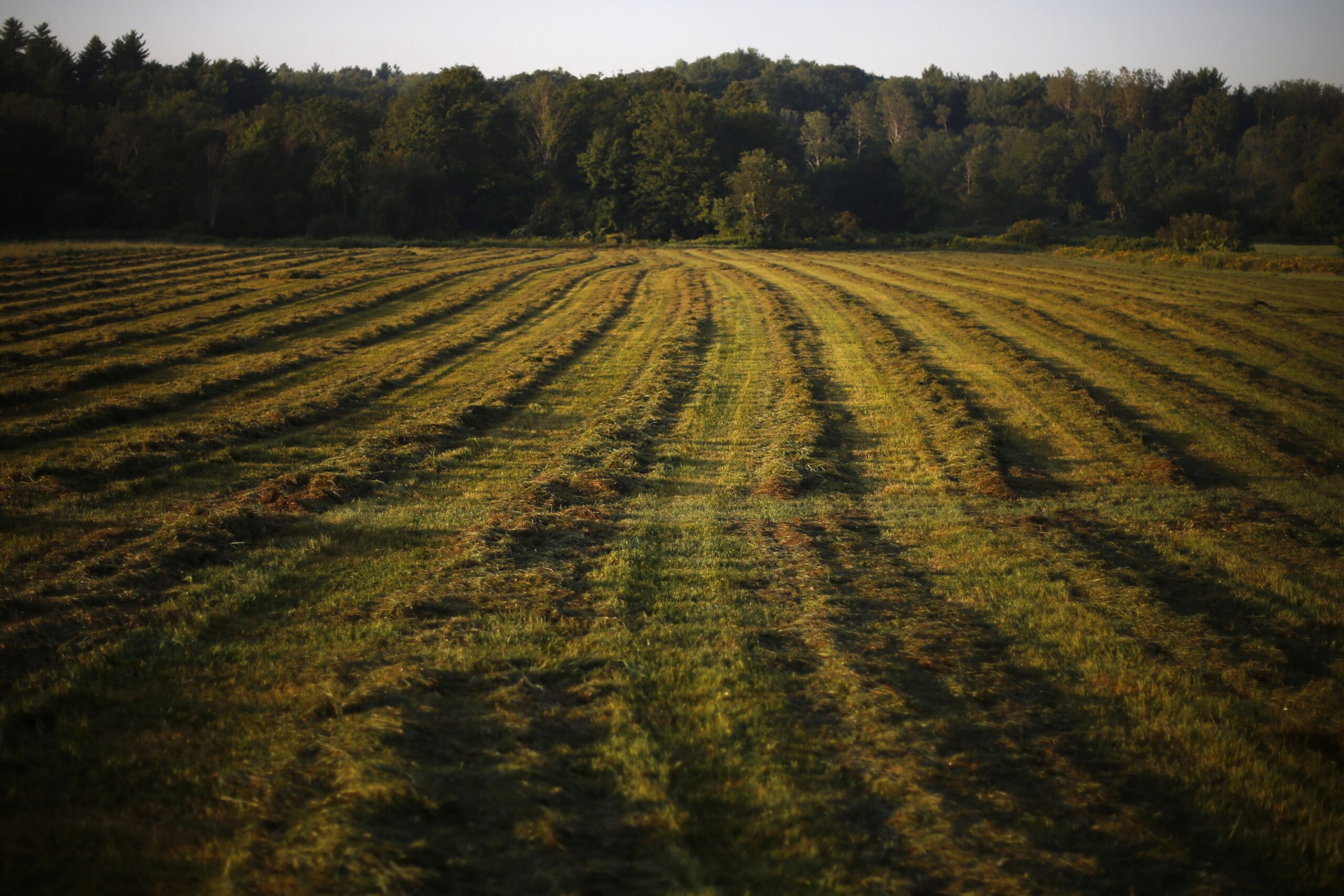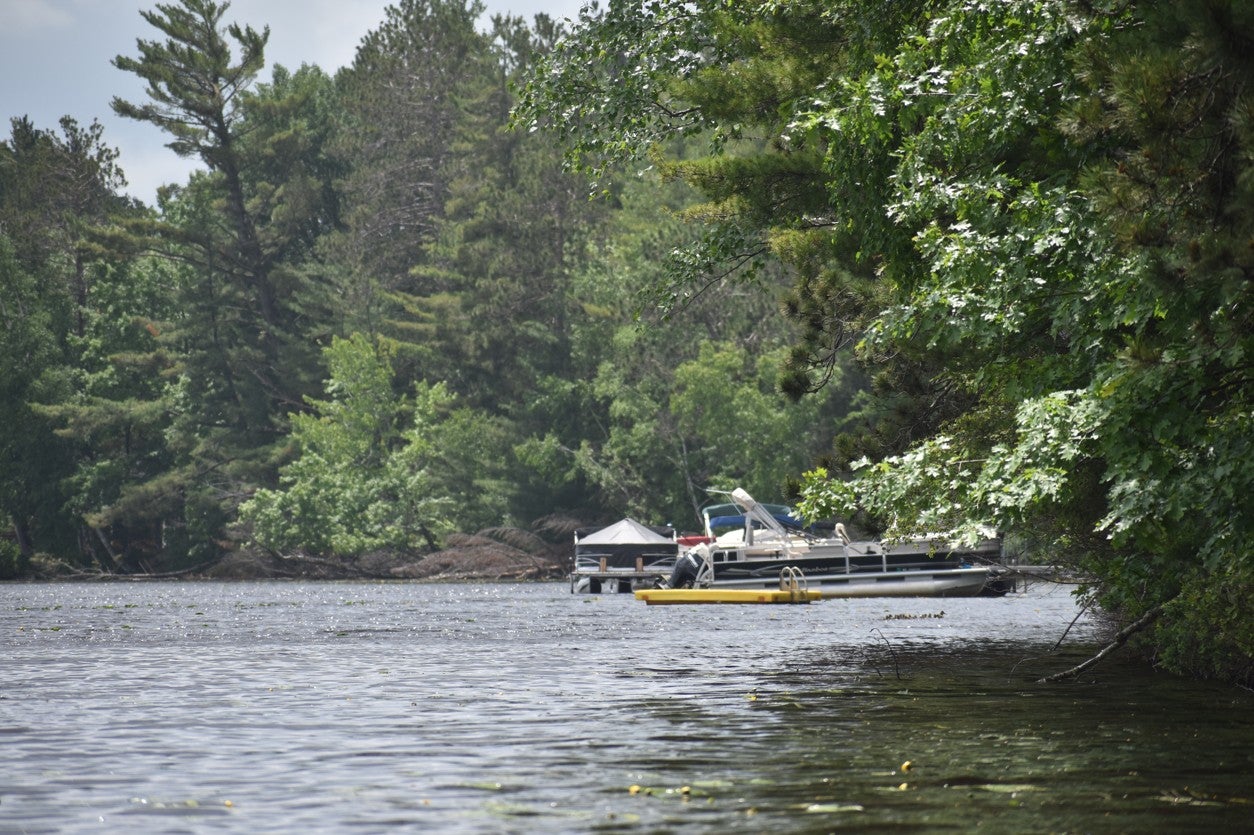From bald eagles nesting near Lake Superior to mussels in the Mississippi River, scientists are increasingly studying Wisconsin wildlife for signs of the impact of ingesting the forever chemicals more commonly known as PFAS.
Per- and polyfluoroalkyl chemical compounds, or PFAS, are odorless and tasteless chemicals that have been showing up in private and public water systems across the state.
The chemicals have been around for decades and are associated with hundreds of products people use including firefighting foam, non-stick cookware and stain-resistant clothing. They are linked to health problems in humans, including certain cancers and liver disease.
News with a little more humanity
WPR’s “Wisconsin Today” newsletter keeps you connected to the state you love without feeling overwhelmed. No paywall. No agenda. No corporate filter.
A worldwide map of PFAS contamination from the Environmental Working Group shows that while PFAS contamination exists around the world, the United States has by far the greatest problem. The Wisconsin Department of Natural Resources also tracks statewide contamination through an interactive map.
“What we know is it (PFAS contamination) is pretty much everywhere,” said Sean Storm, a Wisconsin DNR fish and wildlife toxicologist. “We have detected it in numerous areas across the state. Not surprisingly, as we’ve seen with levels in fish, there are certain parts of the state where levels seem to be higher than others.”
While PFAS contamination in water supplies has become a serious concern in communities around the state in recent years, scientists started tracking the impact on the state’s wildlife population more than 15 years ago.
“We first started looking at PFAS in wildlife back around 2007, and then we started doing it a little bit more regularly in 2011 and have been looking at it on and off since then,” Storm said.
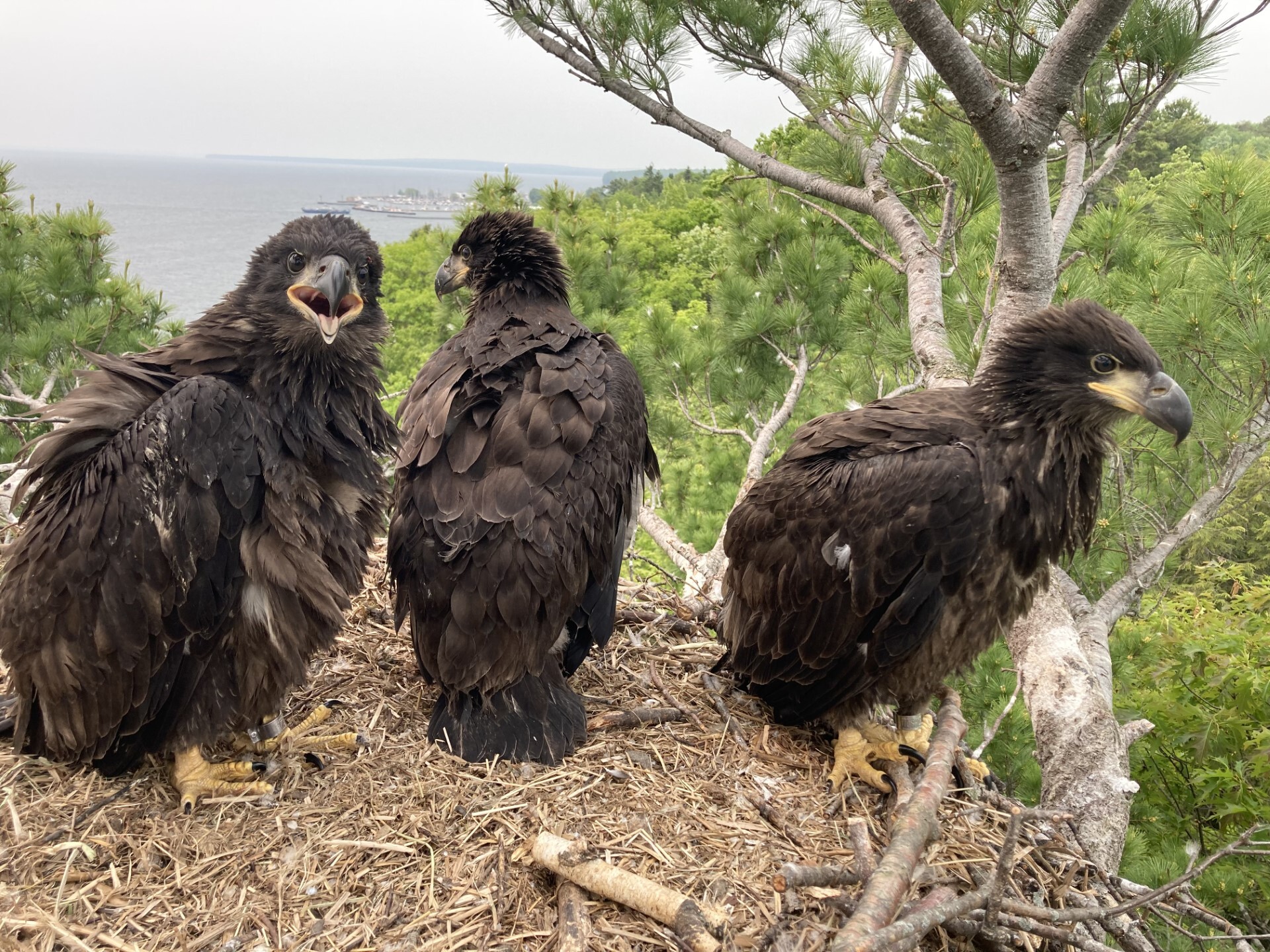
Eagles have been tested for PFAS exposure more than other wildlife, but the state has also collected samples from waterfowl, small mammals, deer and fish.
“Most of the wildlife/PFAS data we have is in eagles. Through this work, we have identified that the Wisconsin River has higher levels than elsewhere in the state. We don’t know why,” said Storm.
“We are still learning in terms of what harmfully impacts PFAS exposure can cause (in wildlife). Things like thyroid function, issues with reproduction and behavior. It might not be the PFAS are making birds overtly sick, but they might not be behaving as others who are unexposed,” he added.
Storm said testing eagles’ blood for signs of PFAS or other contaminants like metals or pesticides is a good indicator of what’s happening with the environment and what affects eagles usually affects humans.
This summer, the DNR gathered samples from eagles on the south shore of Lake Superior. The sampling is part of a multi-state study with Minnesota and Michigan.
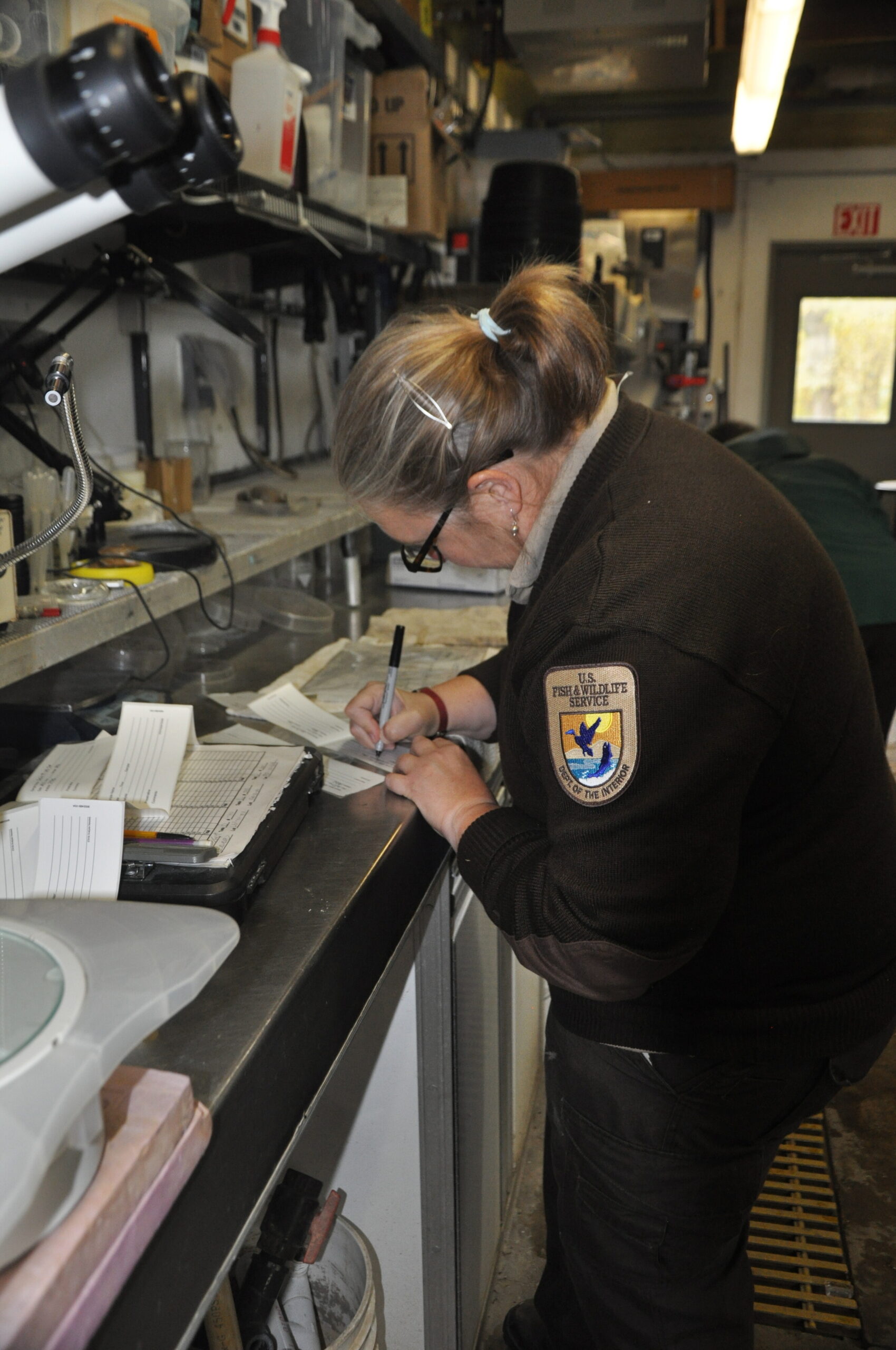
Earlier this year, biologists at the Genoa National Fish Hatchery began studying how PFAS in the Mississippi River are impacting mussel populations.
“We have undertaken this research because PFAS are an emerging contaminant and we don’t know enough about what risk they pose to aquatic organism,” said Megan Bradley, the lead mussel biologist at Genoa.
She said Genoa has partnered with other scientists in Michigan who have been studying native freshwater mussels in the Great Lakes.
Bradley said at Genoa, they hope to learn more about the amount of PFAS in the water and sediment of the Mississippi River and how native mussels are dealing with the contamination.
She said right now, they are taking water samples and growing mussels in the river at three different sites between Genoa and Dubuque, Iowa.
“We are taking samples of well water and surface water and we’re sampling the sediment they grow in, because we don’t really know for sure yet where the PFAS could be coming from. We’re eventually going to be looking at the PFAS levels in the animals,” Bradley said.
“Only by looking at all of the pieces can we begin to understand how they all intersect because the environment is so complex and unfortunately contaminants can come from a lot of different places,” she added.
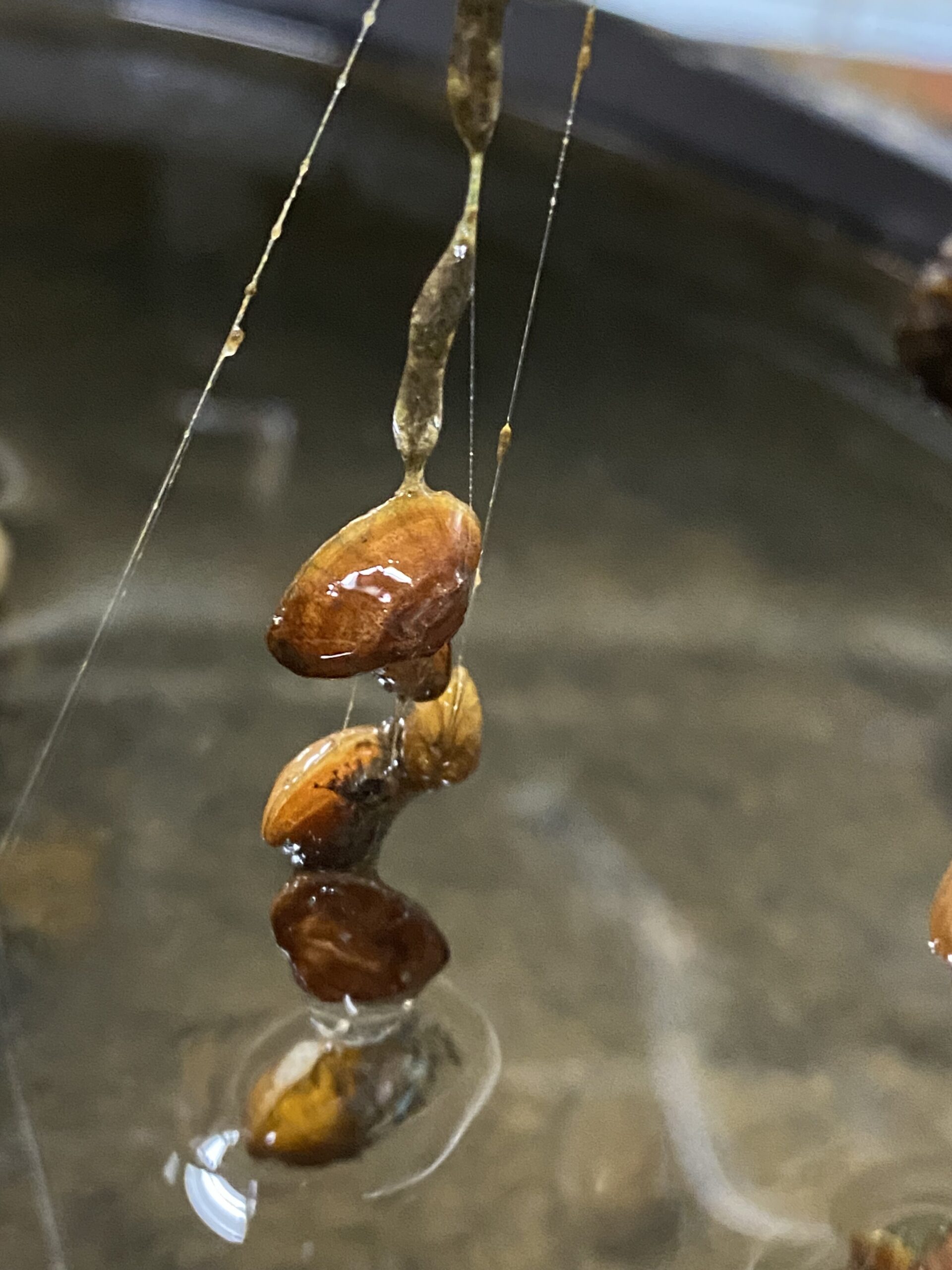
Bradley said it will take another 10 months to grow the mussels and it could be three years before some results are known.
“Despite the fact we’ve been using these chemicals for a while, the ability for a lab to test PFAS is still pretty intensive. We’re working with an outside lab that does normal processing for a variety of different types of research. We’re shipping eight to 10 samples a month and while that seems small, that can be pretty time intensive in a laboratory setting for processing,” she said.
Bradley said the study’s results could be used by the Environmental Protection Agency to set water standards for wildlife and PFAS.
The wildlife studies are happening at the same time studies of human exposure to PFAS are ongoing. For Sean Strong, potential solutions to PFAS contamination in wildlife will help humans and vice versa.
“We want to understand the exposure levels of fish and wildlife to PFAS and other contaminants, identify problem locations and then (determine) if there are populations that are more at risk than others,” he said.
Strong said it could take several months for the DNR to have results of the eagle study in northern Wisconsin.
Wisconsin Public Radio, © Copyright 2026, Board of Regents of the University of Wisconsin System and Wisconsin Educational Communications Board.

